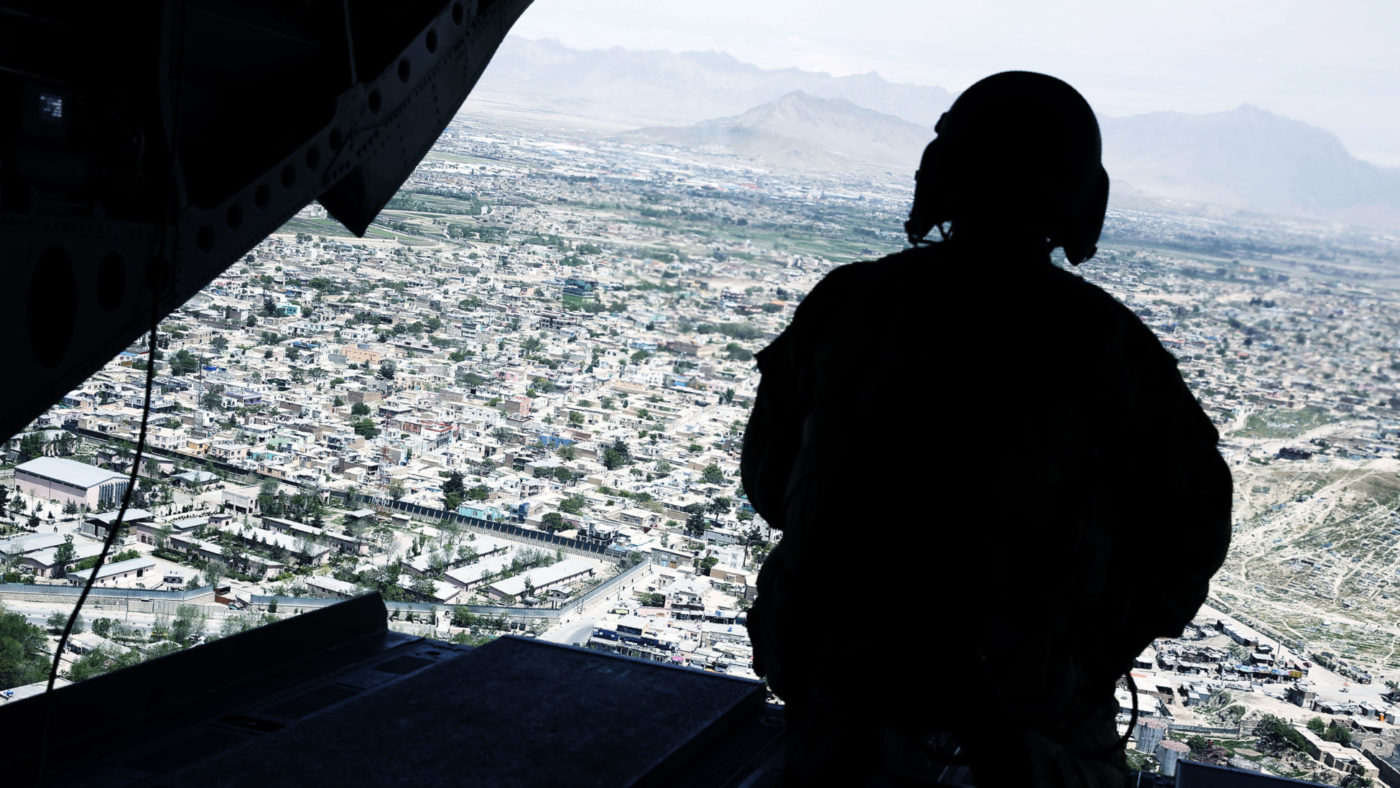Donald Trump has just learned the hard way how much easier it is to be an armchair general than the commander in chief.
When you’re a blowhard property developer with a Twitter account calling time on America’s longest war must seem like plain common sense. “We have wasted an enormous amount of blood and treasure in Afghanistan,” he once Tweeted. “Their government has zero appreciation. Let’s get out!”
But populist outbursts do not survive contact with the hard realities of Afghanistan. On Monday he bowed to the inevitable and doubled down on a war he once decried as a “complete waste”.
For those of us who lived in Afghanistan during the Obama years, Monday night’s set-piece presidential announcement of a troop surge felt like déjà vu. Although the number of extra soldiers is modest compared to the Obama years, in two key respects Trump is going further. Where Obama attempted to put an 18-month time limit on the additional 30,000 US troops he sent in 2009, Trump has made clear the US will stay for as long as it takes.
The open-ended commitment is intended to persuade the Taliban that they cannot wait out the US. And he abandoned the traditional pussyfooting around Pakistan’s support for America’s enemies, in particular the Taliban and the Haqqani Network.
For the first time, an American president said in public what everyone knows: “We have been paying Pakistan billions and billions of dollars at the same time they are housing the very terrorists that we are fighting. But that will have to change, and that will change immediately.” Both Obama and George W. Bush avoided such truth telling for fear of losing the land and air corridors across Pakistan that keep Nato troops supplied.
So how did America First become Afghanistan Forever?
We know Trump considered other options, desperate for an alternative. He is said to have pondered complete withdrawal and even outsourcing the fighting to international mercenaries. But Afghanistan has a remorseless logic of its own once you decide – as all US presidents must – that it must never again become a base for terror plots against the West.
Trump’s deliberations with his generals probably went something like this:
“Okay, we’re not going to have another 9/11 on my watch,” Trump tells the pack of four stars assembled in the Situation Room. “But from now on we are just going after terrorists. As I said during my campaign, we will bomb the shit out of ISIS!”
“Very good sir,” says a man with a chest full of medals earned during his five tours in Afghanistan. “But we will need some airfields – drones don’t have enough flying time to operate off our aircraft carriers and our old base in Pakistan that we pretended didn’t exist was closed in 2009 after someone noticed it on Google Earth.
“Also, we need to know where the terrorists are hiding, which means intelligence gathering capabilities in country. And that requires bases that are secure from insurgents. So, we are going to need some thousands of US troops and contractors to protect those bases and their supply lines.”
“Okay fine!” Trump says with a trademark hand twirl. “You can have some soldiers to protect the bases and to protect the drones. But we are not going to do nation building! These Afghanis are screwing us. We are going to Rebuild the USA!”
“Sure Mr President, no nation building,” says the general.
A moment passes.
Then: “But you know, for this to work, we are really going to need a stable, pro-US national government. That will help keep our troops safe and also give us legal cover to conduct counter-terrorism operations in their country. In Yemen our mission against al-Qaeda in the Arabian Peninsula was wrecked when the central government collapsed. We had to pull out all our Special Forces teams.”
Trump can feel Steve Bannon’s eyes burning into the back of his neck.
“You’re telling me that to bomb a few terrorists we have to spend billions propping up a corrupt Afghani government?”
“Well, Mr President, you can think of the $4bn we spent on training the Afghan army and police last year as an investment. It is much cheaper to train and equip an Afghan soldier. It costs $1m per year to keep a single US soldier in Afghanistan.”
Trump nods thoughtfully. He knows a deal when he sees one.
The general continues: “But to ensure US tax dollars are well spent we are going to have to do some more capacity building with the Afghan government to root out corruption in the Ministry of Defence and the Interior Ministry.
“Also, the Ministry of Mines is going to need some support if US mining companies are going to start profiting from the country’s huge mineral wealth.”
And so on.
To be fair to Trump it took him far less time to recognise these realities than the months of over-wrought policy reviews that Obama insisted on. It means that a man who repeatedly called for the US to quit Afghanistan has just signed on to a plan that none of his generals think can deliver an outright military victory.
The best they can do is stem the Taliban’s recent advances and sustain a stalemate between an insurgency that cannot be comprehensively crushed and a central government that, for all its faults, can’t be toppled. It is an impasse that has existed to various degrees since at least 2006. In other conflicts such “mutually hurting stalemates” have led to peace when all sides eventually realise that no one can win.
But, as Trump acknowledged in his speech, in Afghanistan “nobody knows if or when that will ever happen”.
In the meantime, simply protecting the US homeland from attack by Afghanistan-based terrorists is as sweet as victory is going to get.


